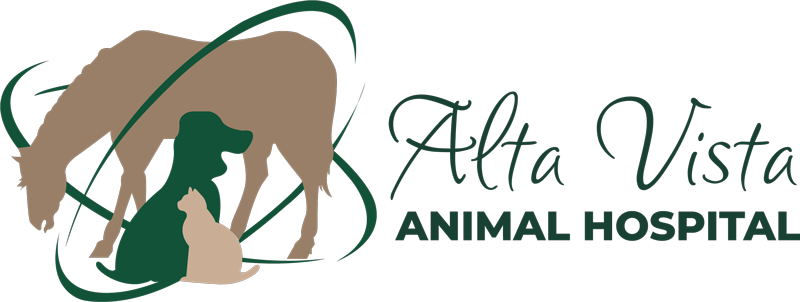Ensuring Pet Safety: Understanding Rabies
World Rabies Day marks an annual observance on September 28th, dedicated to raising awareness about a deadly disease that continues to claim countless lives worldwide, affecting both humans and animals. Rabies, a viral infection that targets the brains and nervous systems of mammals, is particularly concerning due to its zoonotic nature, meaning it can be transmitted through saliva or bite wounds. Consequently, domestic and wild animals, including dogs and cats, face the risk of infection. In this blog, we delve into the possibility of dogs and cats contracting rabies and underscore the paramount importance of preventive measures for their protection.
Indeed, both dogs and cats can fall prey to rabies, emerging as the two domestic animals most frequently affected by this virus. While the incidence of rabies in cats and dogs within the United States remains relatively low, it continues to be a significant threat in various parts of the world, especially in regions with limited access to vaccination and animal control programs. The virus gains entry into pets primarily through the saliva of infected animals, typically transmitted via bites. Once inside the pet’s body, the virus embarks on a swift journey through the nervous system, ultimately leading to a tragic end.
The signs and symptoms of rabies in dogs and cats closely resemble those seen in humans. In the initial stages of infection, pets may exhibit mild manifestations, including behavioral changes, fever, and reduced appetite. As the virus advances, more severe symptoms emerge, encompassing seizures, heightened aggression, paralysis, and difficulty in swallowing. In dogs, the “dumb” form of rabies, characterized by lethargy, weakness, and eventual fatality, is more prevalent. In contrast, cats tend to display the “furious” form, marked by hyperactivity, aggression, and disorientation.
The most effective means of preventing rabies in dogs and cats is through vaccination. It is crucial that all cats and dogs receive a rabies vaccine as an integral component of their routine vaccination regimen. This not only ensures protection for them but also curtails the risk of transmission to humans. Alongside vaccination, responsible pet ownership necessitates a range of precautionary measures, including keeping pets indoors and minimizing their contact with stray or wild animals. In the unfortunate event of a bite from another animal, swift veterinary intervention is critical, and the incident should be reported to local animal control authorities.
Rabies stands as a grave and often fatal disease, affecting both human and animal populations. While the incidence of rabies in dogs and cats remains relatively infrequent in the United States, pets across the globe continue to fall victim to this virus. Thus, the adoption of proactive measures to shield your pets from rabies is of paramount importance. Vaccination serves as the most potent safeguard against this disease, accompanied by vigilant practices such as limiting exposure to stray or wild animals. As World Rabies Day approaches, we urge you to take action to protect your cherished pets by scheduling a rabies vaccination. Together, we can contribute to the fight against rabies and secure the safety of our beloved four-legged companions!

